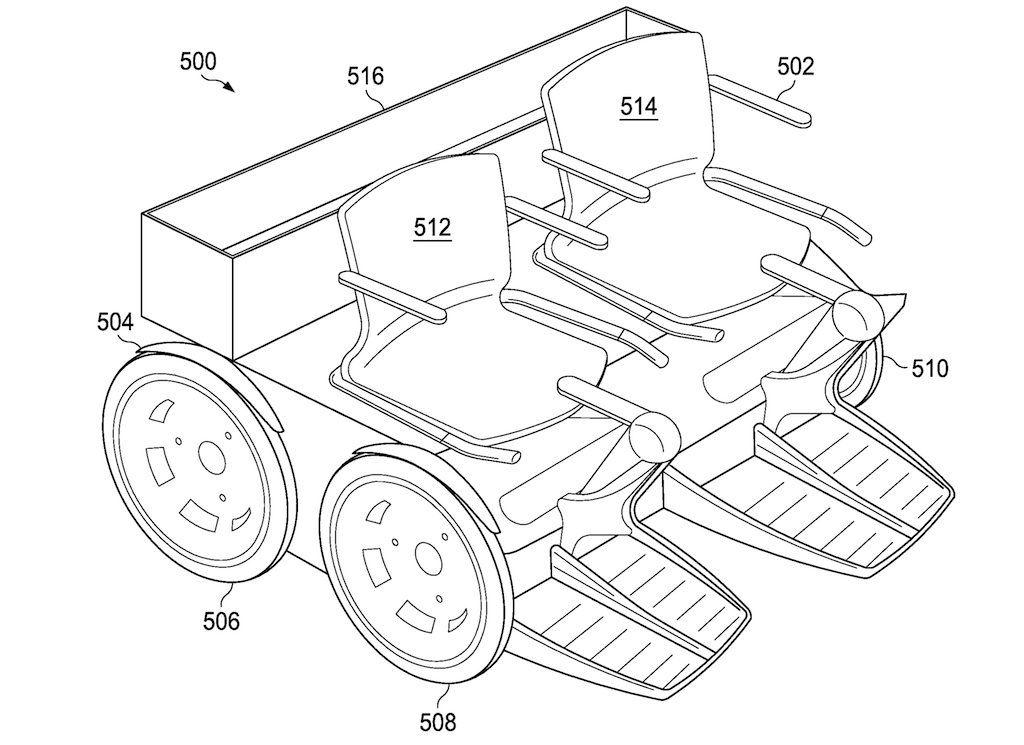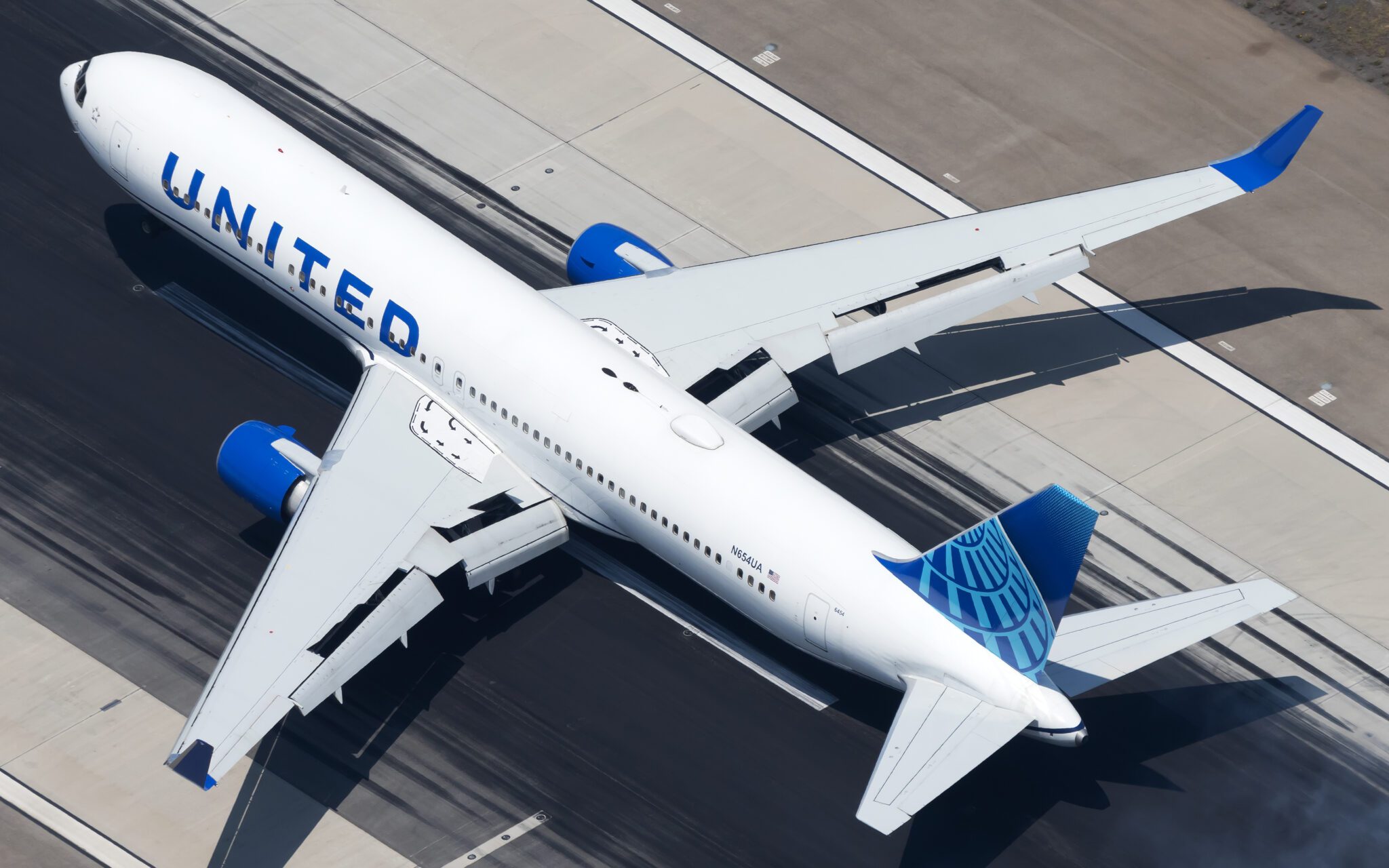The Boeing Innovation Designed for the Aging Traveler

Skift Take
With the United Nations reporting that the global population of persons over 60 will increase from approximately 810 million in 2012 to close to 2 billion people by 2050, the current design of travel facilities are highly inadequate, to the point of posing a risk to growth -- especially for aviation.
This is because the prevailing design trend is to make airports larger and for aircraft tighter, neither of which address the needs of a significant portion of the future traveling public. But Boeing has just patented a self-driven seat which may make the airport terminals of tomorrow a more passenger-friendly place for those with limited mobility.
The new Boeing self-driven seat comes in two versions for passengers traveling alone, or couples traveling together. It is designed to get passengers to their gates comfortably, without having to go through the delays or discomfort associated with waiting for wheelchair assistance.
In their patent, Boeing indicate that the seat (which could be best described as a high-tech version of an unmanned rickshaw) will be controlled by a GPS powered navigator able to identify the passenger, learn their flight information and destination gate, and plan the most efficient route to get passengers to their flight comfortably and on time.
At the Gate
But what happens after these passengers get to their gates?
This is not the only innovation aviation designers have drafted to facilitate travel for limited mobility passengers in future.
Leading design firm Priestmangoode, based in London, have presented the aviation community with an Air Access seat design which can be wheeled onto the aircraft easily then "parked" at the assigned seating location; without the passenger needing to sit on a standard aircraft seat.
Air Access from Priestmangoode on Vimeo.
Neither of these proposed mobility solutions have gone beyond the design phase, but there's a good chance that in the coming years we'll see them in development.
Those who worry about the increasingly tight aircraft appearing in the latest aviation trends, should know that airlines and aircraft manufacturers are aware of the upcoming population shift, and, while they may be equipping aircraft for certain markets where the prevailing demand will be for high-capacity aircraft, there is also active industry dialogue on how to reconcile these load factor needs with the mobility needs of an equally significant passenger profile.
If for no other reason than self-preservation, aircraft manufacturers, airlines, airports, and all the parties along the chain of design and manufacturing will soon develop these products and others like them.
The travel industry, and aviation in particular, has a vested interest in ensuring Silver Surfers get to do what they most desire and what they've saved up for all their lives to do: see the world, and enjoy the journey.
If the aviation community succeeds, all passengers will benefit. If they fail to bring these products to market soon, buy stock in trains and cruise lines.
Marisa Garcia has worked in aviation since 1994, spending 16 years on the design and manufacturing of cabin interiors and cabin safety equipment. She shares insights gained from this experience on Flight Chic and Tweets as @designerjet.



